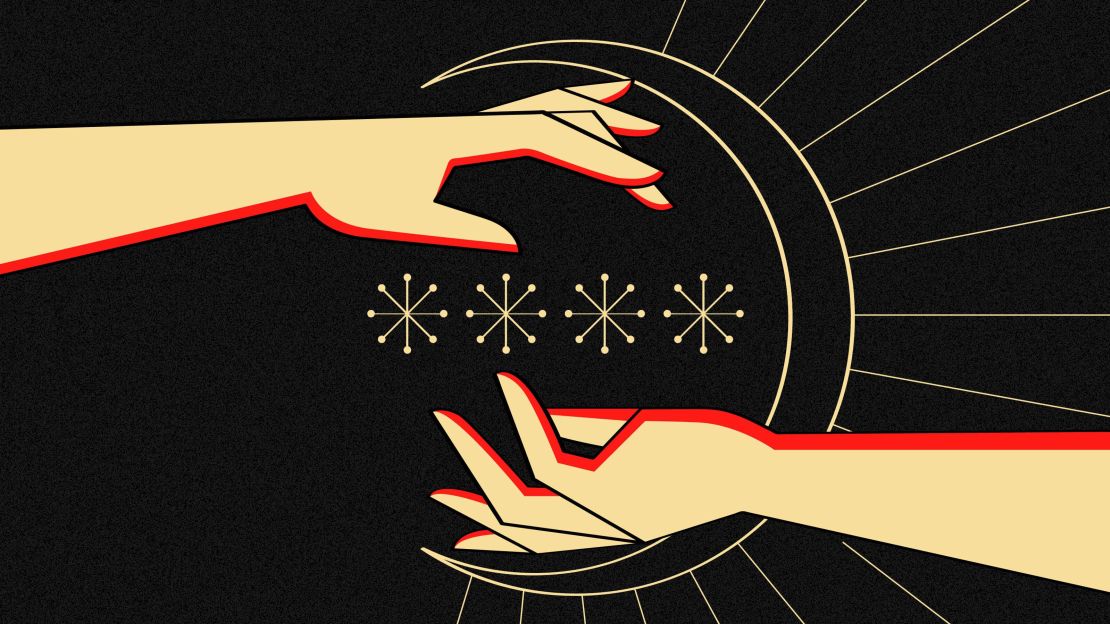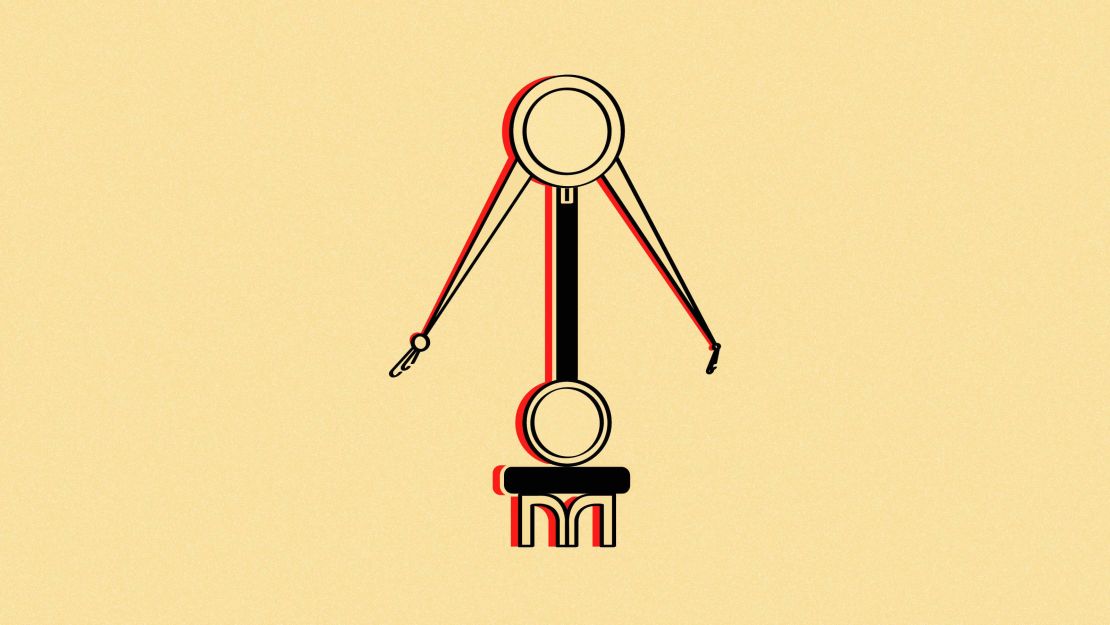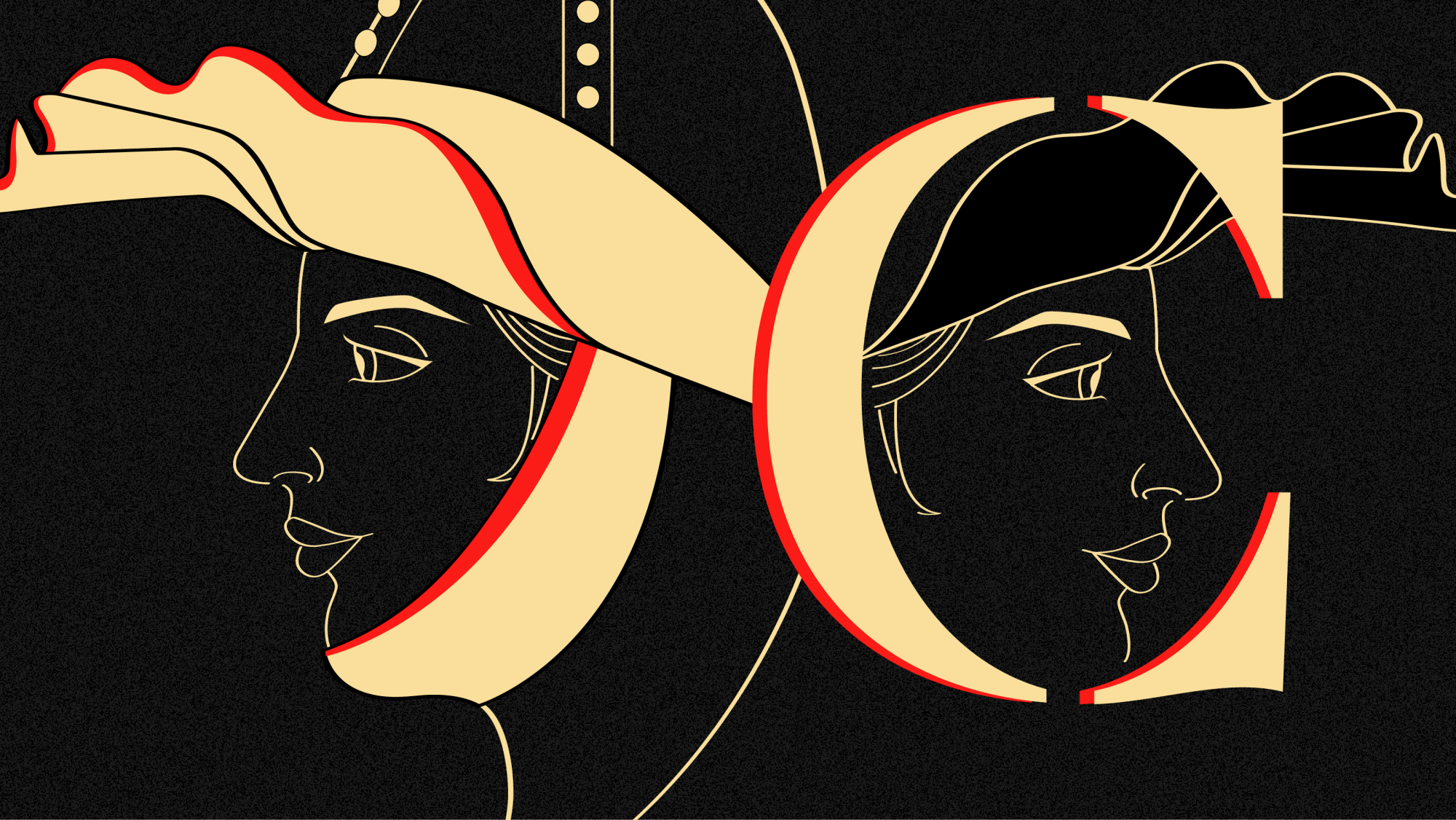Editor’s Note: Christian Louboutin is CNN Style’s new guest editor. He’s commissioned a series of stories around the topic of “Journeys.”
The name Cleopatra probably conjures visions of heavy eye-makeup, snake arm-bracelets and perfume-drenched sails. But the Last Queen of Egypt wasn’t the only Cleopatra who wielded extraordinary power in ancient times. All but forgotten today, Cleopatra the Alchemist has never merited a Hollywood epic, but she is thought to be one of the few ancient people to hold the secret of the philosopher’s stone – a mythical process for transforming base metals into gold, and an idea linked with eternal life.
If that all sounds a bit “Harry Potter,” this mysterious Cleopatra has also been connected with specific inventions that helped give birth to modern chemistry: scientific tools for distilling liquid that were the precursor for myriad processes we use today involving plastics and chemicals, even vodka. She was essentially a pioneering proto-chemist.
Both Cleopatras lived in the seething cosmopolis of Alexandria on the Mediterranean, but they were born centuries apart. The Egyptian ruler died by asp bite in 30BC, while Cleopatra the Alchemist is thought to have lived much later, in 3rd century AD. Still, their shared name has entangled the pair, and the Queen has occasionally been given credit for the Alchemist’s experiments. “She probably worked as a philosopher, author and alchemist,” explained Robert Plimer, author of several books on alchemy and Hermetic philosophy. “The name could also be a pseudonym, either of an unknown author or even a group of alchemist authors.”

In Cleopatra the Alchemist’s time, Alexandria was a thriving center for scientific inquiry, intellectual dueling and philosophical thought. She would have had access to the full weight of knowledge lodged in the bookshelves of the city’s Great Library (the largest in the world – allegedly no ship could dock there without giving up its books to be copied for the collection.) Women in Ancient Egypt also had a relatively unusual amount of autonomy – they could own property, were considered legally equal to men in court and were able to practice elite disciplines like alchemy. In fact, it was a collective of female alchemists in Ancient Egypt who gave the world beer; they invented it, fermented it and set up a booming business by the Nile.
Cleopatra is thought to have studied under another giant figure in alchemy, known as Maria (or Mary) the Jewess – often considered the first woman alchemist of the Western world. There’s a fantastical 1964 painting of Maria by the great surrealist Leonora Carrington, depicting her as a chimera of woman and lion, breasts exposed and wild hair flailing as she conducts mystical gold-summoning spells.
It’s a beguiling image, but both Maria and Cleopatra’s work seems more aligned with industrial chemistry than witchcraft: “Over the years Maria has been attributed with creating [chemical instrument and heat bath] the bain-marie, which is named after her,” Plimer said in an email. “She is also attributed with inventing hermetic sealing, and discovering hydrochloric acid.” The latter is a chemical compound used everywhere in modern life, from suspension bridges and batteries, to food and fireworks.

The sprawl of time, the tendency of alchemists to cloak their language in secrecy, and the early Christian zealots who destroyed many alchemical books – not to mention sexism and a tendency to treat women as witches – have resulted in huge gaps in our knowledge about these early trailblazers. But Islamic scholars copied or preserved some important documents, and that’s how we know about Cleopatra: a single scroll of vellum, today under the care of the University of Leiden in the Netherlands, holds the key to her work.
Known as “Cleopatra’s Chrysopoeia” (‘Cleopatra’s gold-making’) it could be viewed as one of the earliest science books written by a woman. Part philosophical work and part chemistry experiment (the boundaries between philosophy, religion and science were significantly more blurred in Cleopatra’s age), it is covered in enigmatic diagrams, cryptic symbols and doodles. There’s a serpent devouring its tail (a symbol for eternity), stars and crescent shapes referring to the transformation of lead into silver, and a drawing of an alembic, a system of distillation that is still used today.

Over the centuries there have been many more intriguing female alchemists who concocted tonics and tinkered with brews to further our knowledge of science: from the wealthy 15th-century French maverick Marie Meurdrac, an entirely self-taught scientist and proto-feminist who published chemistry treatise and declared “minds have no sex,” to the cross-dressing Christina of Sweden in the 17th century, who set up her own laboratory and collected a valuable repository of alchemical research.
None to date have given us hard evidence that it’s possible to transform base metals into gold. But perhaps that was never exactly the goal – the quest for the mythical philosopher’s stone has been considered by some scholars of alchemy as less of a Rumpelstiltskin-style get-rich-quick scheme than an elegant metaphor for self-improvement: the desire to turn the base material of our minds into intellects that shine a little brighter.
Top image: An illustration based on a 1605 portrait of Cleopatra the Alchemist, by Italian painter Lavinia Fontana



